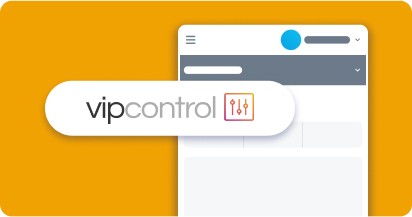
Support Centre
Find the answers to your questions and get the support you need with the VentraIP help centre.
Browse by Popular

Domain Name
- What is a domain name?Eligibility criteria for registering .AU domain namesPremium domain names explained

Web Hosting
View All
Email Hosting
View All
Google Workspace
- Getting Started with Google WorkspaceGoogle Workspace support resourcesTransferring an existing Google Workspace service to VentraIP

Account
- How do I reset my VIPcontrol password?How do I create a VentraIP account?How can I see who accessed my VentraIP account?

Troubleshooting
- How do I clear my browser cache?Troubleshooting a ‘500 internal server' errorTroubleshooting with a ping test
Installing cPanel on a Virtual Private Server (VPS)
Before proceeding
Before installing cPanel, please make sure you have completed the following:
- You’re installing cPanel on a freshly provisioned VPS that has no other software installed on it.
- Your VPS meets the basic system requirements for cPanel.
- You have updated all of the software on your VPS, using the following shell command:
yum update -y
Installing cPanel
Now that you have logged into the server using SSH, you’re now ready to install cPanel/WHM. Please follow these steps to install cPanel:
- Log in to your server with SSH.
- Install CentOS base and Perl by entering the following commands:
yum groupinstall base perl - You will then fetch the cPanel installer script and run it by entering the following command:
cd /home && curl -o latest -L https://securedownloads.cpanel.net/latest && sh latest - Once it has completed, and the installation process will take perhaps 45 minutes to complete, please reboot your VPS. You can reboot by running the command:
reboot
Once cPanel has been installed you may log in at https://<VPS IP Address>:2087 – your username will be root and the password you can retrieve from your activation email.
Please note: We recommend that you never log in with http://yourVPSipaddress:2086 or /whm as this is insecure.
Now that cPanel/WHM is installed, you may move onto step three of our getting started series which is ‘Securing and configuring your Self Managed VPS‘.

We Are Here to Help You
Get in touch with one of our local experts at any time.